What is an IoT gateway
An IoT gateway is a device that acts as an interface between IoT devices and the Internet. Gateways are intermediate systems intended for use in managing traffic between two communication networks operating on different protocols. The concept of Internet of Things is implemented through the intelligent networking of physical objects (IoT devices/systems) such as consumer electronics, home appliances, building systems, industrial machines, and vehicles. For an IoT ecosystem to thrive, it is crucial to address the complexities of the underlying physical layers, where IoT devices operate, and the integration of the devices with the Internet protocol (IP) network. The physical layer of an IoT system defines the electrical and physical specifications of data connection. An abundance of protocols has been developed to support network communication on this layer. The Internet is a global system of connected networks based on Transmission Control Protocol/Internet Protocol (TCP/IP) communications. It operates using the 7-layer Open Systems Interconnection (OSI) model. In contrast, IoT networking is usually implemented using a simplified stack and the network stack often does not contain the layer required for Internet connectivity. IoT gateways join the conversation in this context.
Integrate IoT devices with the TCP/IP stack
The ubiquitous network of interconnected “things” are entry points of the physical environment to the digital world. Devices working in the physical layer of an IoT stack are often designed as embedded systems. The brains of these systems are the microcontrollers that provide computing power and firmware to support local data processing and decision-making. Sensors and actuators may be interfaced with microcontrollers via the input/output (I/O) ports. The input ports collect data from sensors about physical variables such as humidity, ambient temperature, ambient light, atmospheric composition, air pressure, sounds, vibrations, motion, color, magnetism, speed, acceleration, proximity, GPS position, altitude, and EMI. Actuators receive digital commands from their connected microcontrollers via the outputs and respond by moving and controlling a mechanism or system. Sensors and actuators can themselves be end nodes (IoT devices) by incorporating processing and communication capabilities. All IoT devices have integrated network connectivity which defines their interoperability. The Internet of Things is about creating semantic, syntactic, technical, dynamic, pragmatic and conceptual interoperability between and among heterogeneous devices, systems and networks. Achieving sustainability requirements of interoperability in the IoT necessitates networking competence to enable seamless integration of IoT devices with the TCP/IP stack.
Unify communications between all things
Integration, interoperation and collaboration between heterogeneous things are only possible when they are able to communicate within the IP-based network infrastructure. Implementing IP connectivity to unify communications between all things is key to enabling interoperability as well as the convergence of information technology (IT) and operations technology (OT). A suite of software components forms the IoT platform which sits between the hardware and the application layers of the IoT stack to enable implementation of IoT features and functions into any connected device via standard IP connections. The platform is designed to support omnidirectional data flow to/from devices, enable robust contextualization of information, orchestrate key interactions between the different layers of the IoT network, and facilitate flexible, scalable deployments of IoT cyber-physical systems. The key capabilities of an IoT platform may include IoT transformation and connectivity, device management, application development and enablement, process and application management, data management, data storage, analytics, data virtualization, end-to-end security and risk management. Through IP networks, IoT platforms bring cloud-based IT services such as cloud storage, machine learning, artificial intelligence, big data analytics and stream processing to OT applications.
IoT communication models
IoT networking is implemented using various communication models. Device-to-device (D2D) communication, which is also referred to as machine-to-machine (M2M) communication when it is deployed for industrial IoT (IIoT) applications, enables IoT devices of a homogeneous or heterogeneous class to talk to one another and collaborate among themselves directly. Device-to-gateway (D2G) communication occurs when a device needs to communicate with another connected device which operates on a different protocol. Gateway connectivity is required to bridge different networks and communication technologies through protocol translation. Device-to-cloud (D2C) communication occurs between IP-enabled devices and the Internet cloud. These devices have Wi-Fi, Ethernet or cellular connectivity which natively supports IP-based communication. Cloud-to-cloud (C2C) communication is used for backend data sharing, allowing integration with third party IoT systems. The benefit of using the IP in IoT devices is obvious but it is dwarfed in IoT networking because of the large overhead of transmission introduced by the TCP/IP stack. Every layer of the TCP/IP stack requires additional framing and control messages, resulting in larger data packets that consume more processing power and data storage resources. Embedded systems are often required to provide years of autonomy on battery power. Their memory and processor specifications are optimized for low-power operation. The storage and processing requirements for the TCP/IP stack may be impossible to be accommodate by these resource-constrained devices. This deems the supplementary role of device-to-cloud communication in IoT applications.
Device-to-device communication
Device-to-device communication plays a significant role in IoT networking. Direct communication between IoT devices without routing the data paths through a network infrastructure facilitates interoperability. It is often costly, impractical or inconvenient to run cabling to smart nodes, IoT devices are therefore commonly designed as battery-powered systems that operate on wireless radio networks. Wireless networking eliminates limitations imposed by wiring. The use of simplified protocol stacks in D2D communication networks brings down power consumption. The two fundamental network topologies are star and mesh. In a star topology, a central node, which is typically also used as the hub or gateway to the backend server or the Internet, connects radially out the peripheral nodes. The peripheral nodes do not talk to each other unless the central node forwards the message.
The mesh topology is at the forefront of IoT networking conversations. Mesh networking introduces a fully decentralized architecture where all nodes have redundant paths, removing traffic bottlenecks and single points of failure. A mesh network operates without the essential control of the centralized supervision. Every node can connect to multiple neighboring nodes. Packets can be transmitted through multiple paths. A mesh is able to perform full point-to-point (unicast), multipoint and/or multicast message routing within its own network. The self-managing capabilities of the mesh topology (self-configuring, self-healing, self-tuning and self-monitoring) make it possible to create a contextual, dynamic and scalable D2D network.
Bridge the communication between a D2D network and cloud server
A myriad of D2D connectivity options are on the market. They can generally be divided into low-power, wide-area networks (LPWAN) and low-power, short-range networks. Included among these networks are 5G IoT, ZigBee, Bluetooth Mesh, and Z-Wave. D2D networks are normally non-IP implementations. The on-premise devices cannot connect to the IP-based IoT platform directly unless device-to-gateway communication is used. An IoT gateway aggregates endpoint traffic from a D2D network and maps disparate local protocols to a common IP backend. It’s typical of IoT solutions to use a short-range communication technology for localized networking, and then connect to a gateway which uses a long-range communication technology to sync with the cloud backend. Gateways extend IP connectivity to the end nodes, providing the IoT platform a path to receive events and data from the D2D network, and also creating a reverse channel to send data and commands back to the end nodes for device management, connectivity management, and application deployment. They communicate with local devices using a compatible non-IP protocol on one side. On the other side they strip down the collected IoT data and restructure it with a TCP/IP stack in order to establish IP communications. Message forwarding and protocol translation are fundamental interoperability tasks performed by IoT gateway devices.
IoT gateway capabilities
IoT gateways are intelligent systems that extend the functionality of traditional gateways. They have capabilities that would otherwise be assumed by either the cloud server or the end nodes. In addition to managing traffic between networks that use different protocols, IoT gateways may be employed to provide or assist in connectivity management, device management, data management, fog computing, security provisions, etc. Connectivity management provided by gateways facilitates the delivery of IoT connectivity into the connected devices. Device management works with onboarding, monitoring, configuration, firmware updates, and lifecycle management of different types of connected devices. The data management tasks performed by a smart gateway include local data batching, buffering, aggregation, filtering, storage, and processing. Building fog computing capabilities into IoT gateways can help solve latency challenges for real-time responses and reduce the load on the network. Processing data in an IoT gateway may provide an extra layer of safety. Pushing intelligence into gateways also enables the implementation of strong authentication and encryption mechanisms at the network edge. An IoT infrastructure has to be holistically enhanced in security so that the threat of cyber-attacks is minimized on all levels.

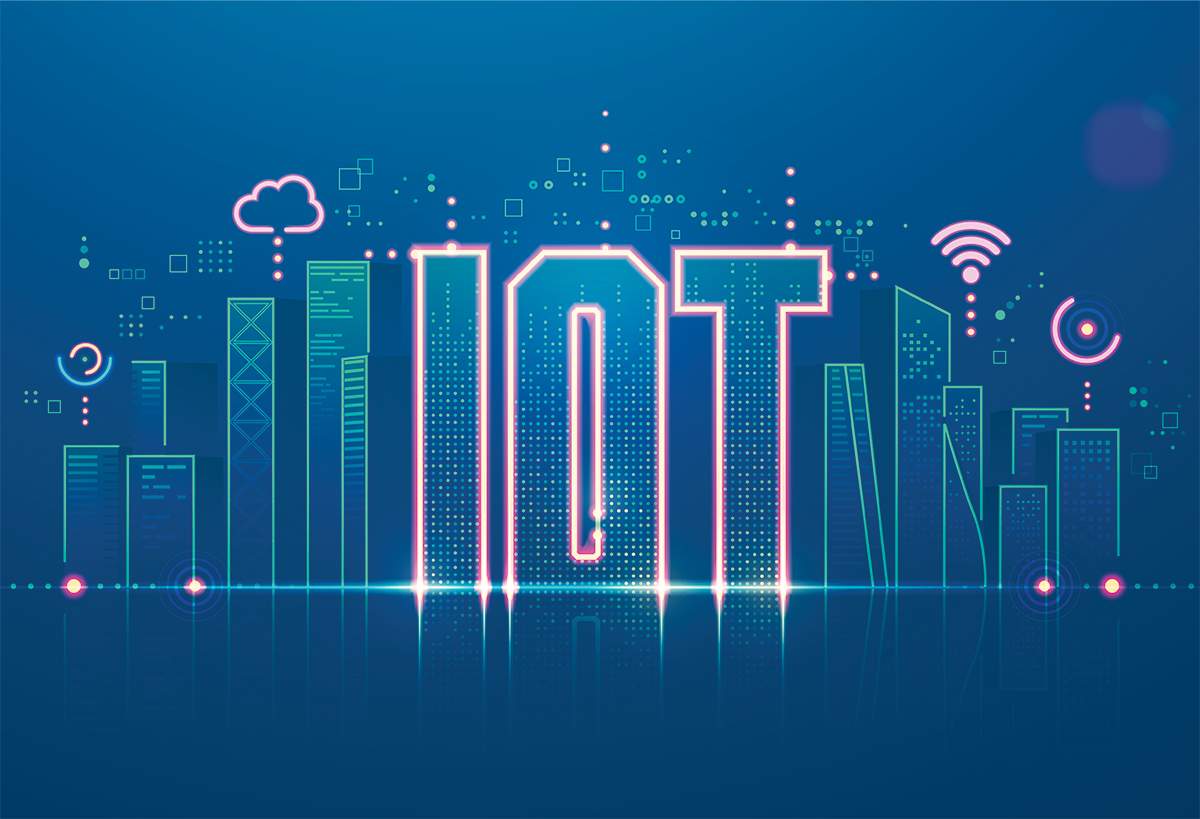

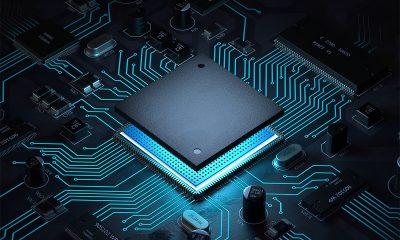
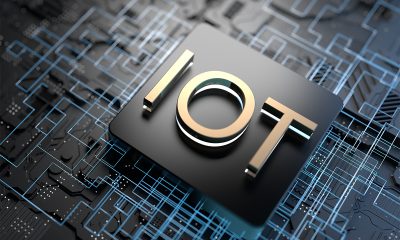
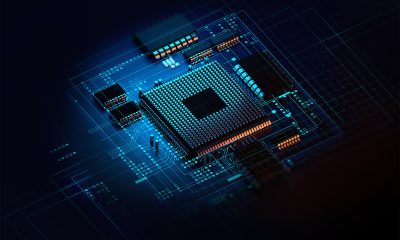
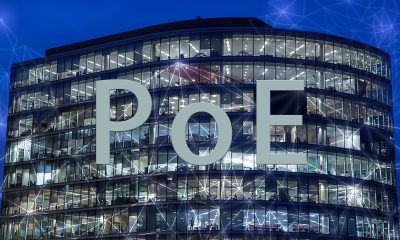


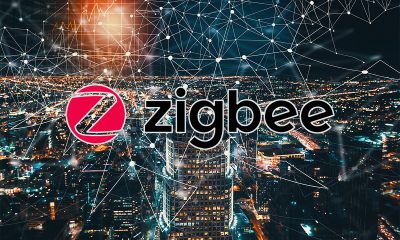





Loading...